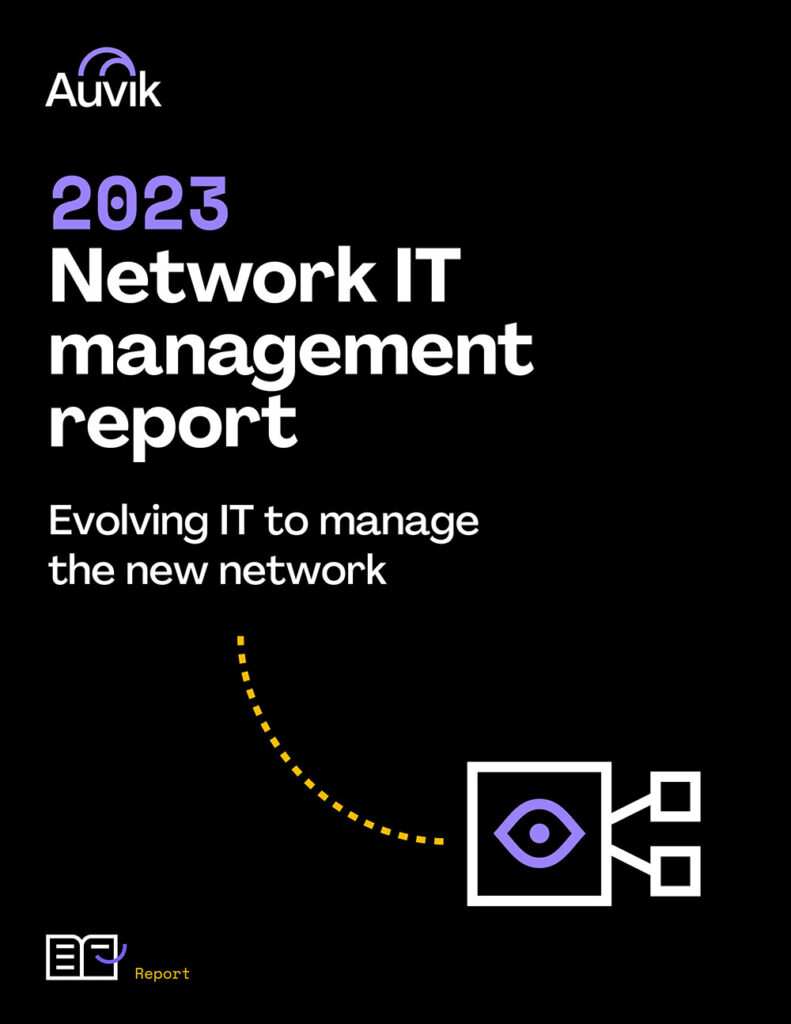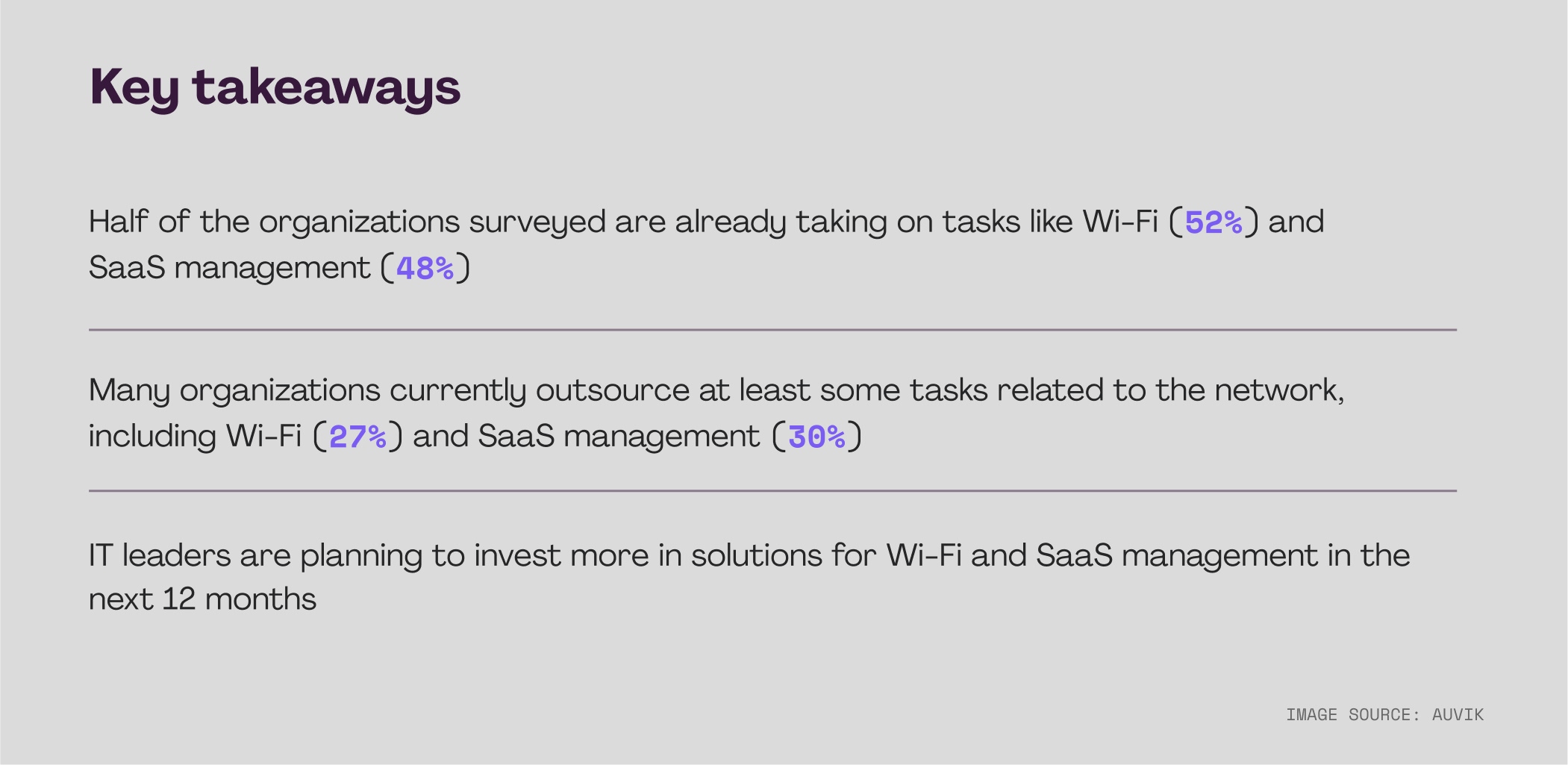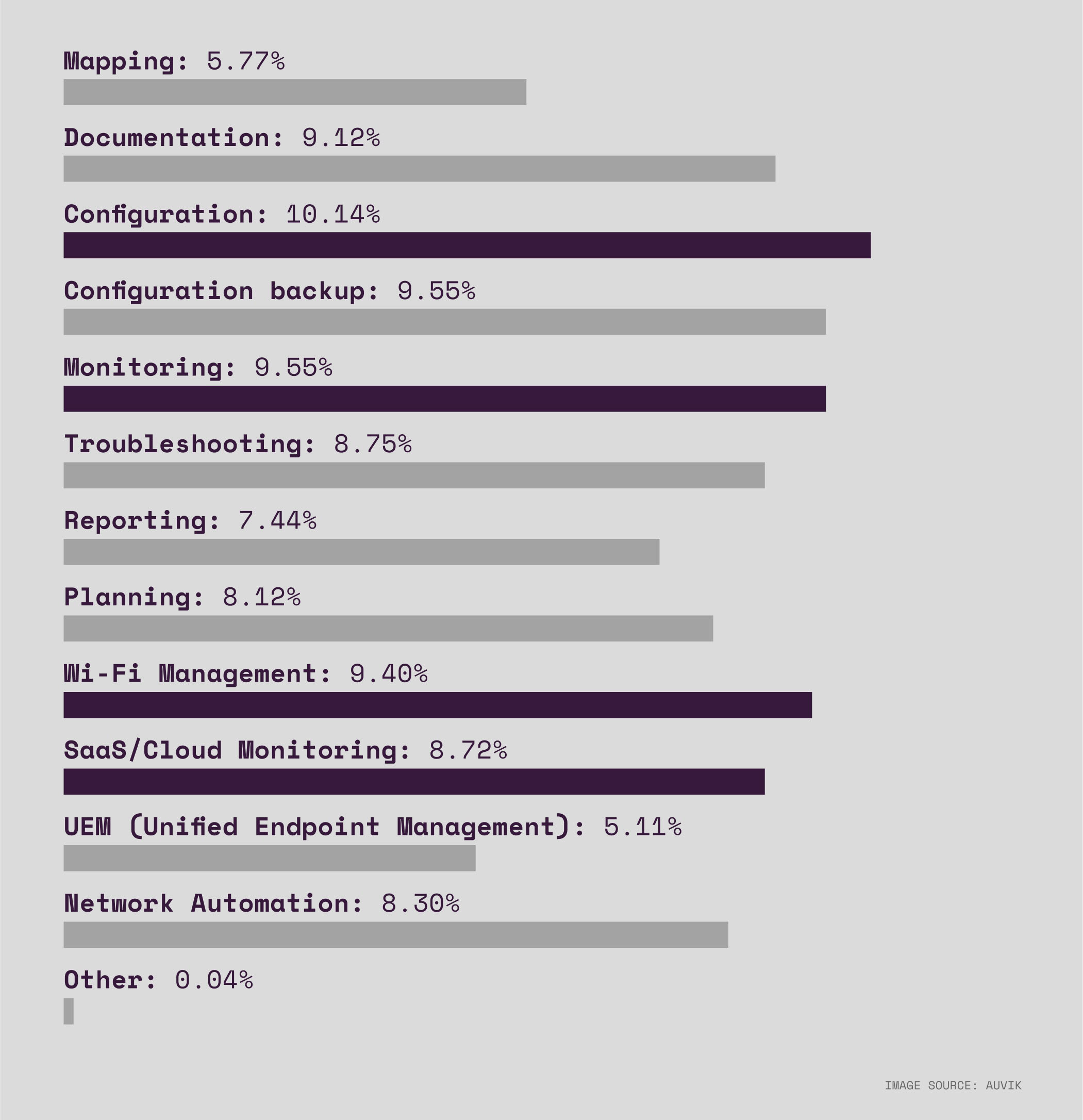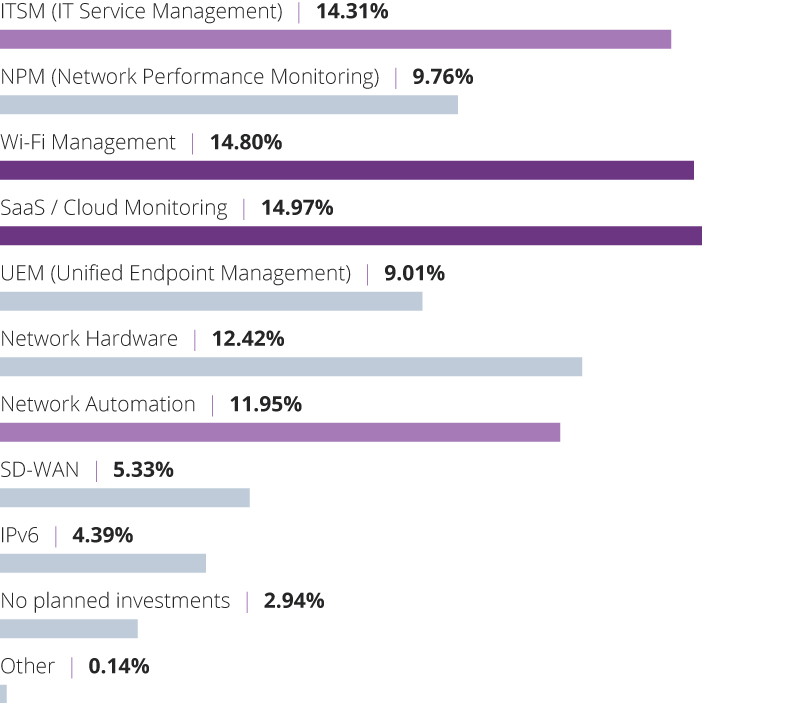This is the second in a four-part series focusing on the findings from our 2023 annual Field Report for IT Management. We surveyed 4500 IT professionals from internal IT teams and MSPs across North America to gauge where their organizations are heading from a network management perspective. In part two, we’ll discuss the confidence IT pros have in their networks and how they can use automation to do more with less.

2023 Network IT Management Report
Read the 2023 field report and compare your own IT statistics.

Do you trust that your network can meet your company’s requirements every day, week, and year? That’s what we asked in our 2023 Network IT Management Report survey—and we got some interesting responses.
More confident than ever?

46% of respondents said they have “Very High” confidence that their networks meet their organization’s needs. And 44% have “High” confidence in the same. But what about the other 10%? As we highlighted in the first post of this series, these teams are probably experiencing the classic issues that hinder more proactive work: outdated configurations, outdated documentation, and lack of network visibility.
But if it’s true that there are common gaps in IT professionals’ network knowledge, does that mean the reported confidence is trending too high? Remember, these are the same pros where 57% reported that they don’t fully know how their networks are configured.
What we suspect is the confidence these teams feel still relates to the networks they are used to monitoring and managing. A network that’s on-prem, on file, and under direct control. It’s likely that the viewpoint of the average IT professional hasn’t evolved to account for the distributed and hybrid work environment the new last mile of the office network now encompasses. Should IT teams continue to have high confidence when they are not seeing the entire picture, including the SaaS applications, home setups, and random Wi-Fi networks that today’s workforce is now operating with?
IT pros continue to work the same hours as they did in 2021, but face increasing workloads if they continue to need to diagnose and troubleshoot connectivity issues for end users that they can’t fully monitor the network or they do not have full visibility of their connections, they are forced to work reactively instead. And we’ve talked about proactive monitoring and its benefits of it a lot.
It’s possible that issues with home and extended networks are not being resolved due to lack of reach. That’s why network monitoring (and the ability of those monitoring the network to reach beyond the firewall) is vital.
More automation leads to proactive improvements
For most of the IT pros surveyed for this report, a shift in focus to more proactive tasks is on the rise, but the balance is still about 50/50 in terms of proactive tasks versus reactive troubleshooting. This is a gradual improvement from previous reports. However, in a perfect world, only a fraction of any IT team’s time would be dedicated to resolving issues that appear suddenly (also known as “putting out fires”).

IT teams are spending less time troubleshooting. Compared to 2021, we see troubleshooting numbers in “very frequently” have dropped, and are being reported as “frequently” or “sometimes” instead. But there is still a lot of room for improvement.
The good news is that network monitoring tools like Auvik can help with many tasks on this list, including configuration backup, network documentation, network mapping, as well as alerting and reporting to a degree that will significantly decrease human lift. If the time spent putting out fires is reduced, and maintenance tasks like mapping, documentation, and so on, are automated, you’re freeing up your time to be able to focus on proactive tasks like network planning and improvements (hint: time allocation is a theme in part 4 of the report).
Automation and accessibility make delegation easier
It’s worth pointing out that the automation and reduction of some high-value network-related tasks are not just good for IT team leaders who want to improve metrics—it’s important that the tools IT teams are using can be operated by even entry-level or L1 tech specialists so that more tasks can be delegated. If senior-level IT employees are freed from basic network monitoring and management tasks, there’s more time to dedicate to high-level projects that help the transition of their organization’s network to support hybrid work.
Time is money
Budgets aren’t unlimited. IT teams can’t be spending all of their hours on stagnant, reactive issues, rather than productive work that ultimately helps boost and retain profit and worker productivity. The more IT teams can do to automate tasks that can be automated, delegate tasks that can be delegated, and keep information centralized so that it is quickly accessible by those who need it, the more effective they will be.
Effective network monitoring and management is step one in evolving IT to reach the last mile of the office network. Adapting and using existing technology where available is essential. The next steps lie in developing technologies that will be necessary for the continued monitoring of a hybrid work environment.
Stay tuned for more information in part 3 of this series, or take a look for yourself by downloading the full report.
Your Guide to Selling Managed Network Services
Get templates for network assessment reports, presentations, pricing & more—designed just for MSPs.






